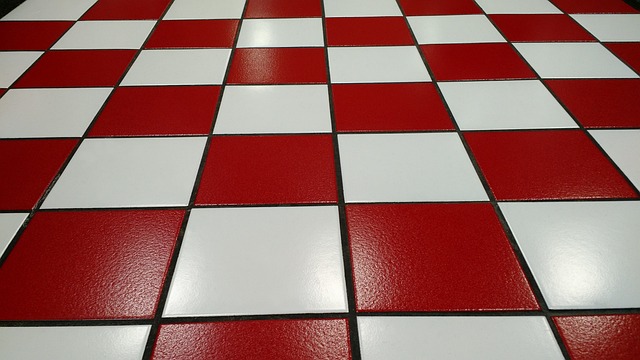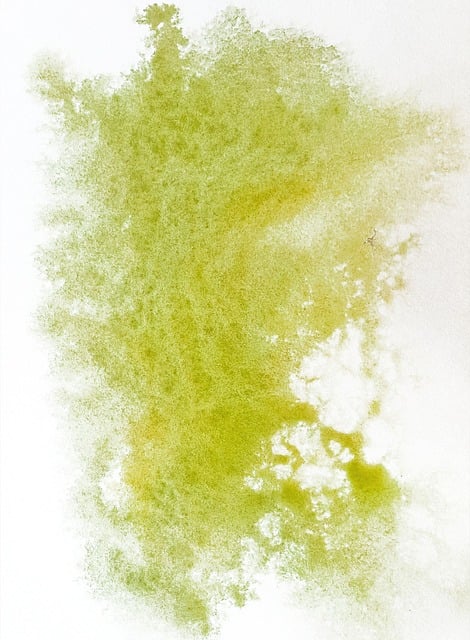Grout stains require tailored cleaning approaches based on cause (spills, dirt, mold, mildew) and type (water, oil, mold/mildew). DIY removal using tools like a grout brush, detergent, warm water, and sponge is effective. Natural cleaners like baking soda and vinegar are cost-effective and safe; chemical solutions require caution and testing. Steam cleaning offers a gentle yet powerful method; professional services tackle stubborn stains. Regular cleaning and maintenance prevent future issues. Using simple, affordable methods, homeowners can achieve stain-free grout lines.
Looking for affordable ways to remove grout stains? This comprehensive guide explores effective solutions for eliminating unsightly marks between tiles. From understanding stain causes and DIY methods using natural cleaners, to modern steam cleaning techniques and professional services, we’ve got you covered. Learn the right tools, materials, and maintenance tips to prevent future stains in your grout lines. Dive into these success stories and transform your tiled spaces today!
Understanding Grout Stains: Causes and Types

Grout stains can be a common issue in homes and commercial spaces, especially in areas with high foot traffic or exposure to moisture. Understanding the causes and types of grout stains is the first step in finding effective solutions. These stains can originate from various sources, including spills, dirt, mold, mildew, and even environmental factors like excessive sunlight.
There are several types of grout stains, each requiring a specific approach for removal. For example, water stains may result from leaks or poor drainage, while oil-based stains could be from spilled cooking oils or cleaning products. More concerning are mold and mildew stains, which not only discolor grout but also pose health risks. Addressing these issues promptly is crucial to prevent further damage and maintain a clean, healthy environment.
DIY Grout Stain Removal: Tools and Materials

Removing stains from grout lines can be a straightforward DIY project with the right tools and materials. Start by gathering a few essential items like a grout brush, which is specifically designed to clean tight spaces, a mild detergent or grout cleaner, warm water, and a sponge or microfiber cloth. A pressure washer can also come in handy for more stubborn stains, though it’s not always necessary for small-scale projects.
Always test your chosen cleaning solution on a small, hidden area of the grout first to ensure it doesn’t cause discoloration. Once you’re confident in its effectiveness, apply the detergent or cleaner to the stained grout lines, gently scrubbing away at the dirt and grime with your brush. Rinse thoroughly with warm water and follow up by wiping down the area with your sponge or cloth to dry it completely, leaving your grout lines sparkling clean.
Natural Cleaning Agents for Effective Grout Stain Elimination

When it comes to removing stains from grout lines, there are numerous natural cleaning agents that can be just as effective as commercial products. Baking soda is a popular choice due to its abrasive yet gentle nature. It’s excellent for breaking down and lifting away dirt and stains. Simply sprinkle baking soda onto the stained area, add a few drops of warm water to create a paste, and gently scrub with a soft brush or sponge.
Another natural cleaner worth considering is vinegar. Its acetic acid content helps dissolve various types of grime and stains. Mix equal parts white vinegar and water in a spray bottle, apply it onto the grout lines, let it sit for a few minutes, then scrub using an old toothbrush. This simple and cost-effective solution can significantly improve the appearance of your tiled surfaces by effectively removing stains without damaging the grout or leaving behind harsh chemicals.
Chemical Solutions: When and How to Use Them

Chemical solutions can be effective for removing stains from grout lines, especially for tougher, deep-set marks. These products often contain powerful bleach or acid-based ingredients designed to break down and eliminate stubborn stains. However, their use should be approached with caution. Chemical cleaners can be harsh, potentially damaging tile or grout if not applied correctly. It’s crucial to follow the product instructions meticulously, wearing protective gear like gloves and ensuring proper ventilation.
Before attempting chemical treatments, consider the type of stain and material composition of your grout and tiles. For mild stains, a simple cleaning with baking soda or vinegar might be sufficient. If stains persist, only then should you resort to more aggressive chemical solutions. Always test a small, inconspicuous area first to check for adverse reactions before applying any cleaner across larger surfaces.
Steam Cleaning: A Modern Approach to Stain Removal

Steam cleaning has emerged as a modern and effective approach to removing stains from grout lines. This method utilizes high-pressure steam to penetrate deep into the grout, breaking down and dissolving stubborn dirt, mold, and other residues. Unlike traditional cleaning methods that often rely on harsh chemicals, steam cleaning is gentle yet powerful, ensuring minimal damage to the grout material while effectively eliminating stains.
By infusing hot steam into the grout lines, this technique softens and loosens debris, making it easier to wipe away. It’s particularly effective for tackling hard-to-reach areas and preventing the recurrence of stains. Steam cleaning is also eco-friendly, as it reduces the need for toxic chemicals, making it a preferred choice for those seeking affordable and sustainable grout stain solutions.
Professional Grout Cleaning Services: When to Consider Them

If DIY grout cleaning methods have left you feeling less than satisfied, it might be time to consider professional grout cleaning services. These professionals are equipped with specialized equipment and products designed to tackle even the toughest grout stains. They can remove stubborn marks that have lingered for months or even years, restoring your grout lines to their original condition.
Professional cleaners often employ eco-friendly and safe chemicals that are effective in eliminating bacteria, mold, and mildew growth without damaging the grout or surrounding surfaces. They also offer a deep clean that goes beyond the surface level, reaching into the crevices where dirt, grime, and other particles can hide. This thorough cleaning is particularly beneficial for high-traffic areas like bathrooms and kitchens, ensuring that your space not only looks cleaner but feels fresher as well.
Preventing Future Stains: Maintenance Tips

Regular cleaning and maintenance are essential in preventing future grout stain issues. Start by sweeping or vacuuming your floors frequently to remove loose dirt and debris, which can lead to staining. Use a mild detergent and warm water to create a cleaning solution; apply it to the grout lines with a soft-bristled brush, gently scrubbing away any visible stains. Rinse thoroughly with clean water to eliminate residual soap.
Additional tips include sealing the grout after cleaning to protect against moisture and stains. You can find various grout sealers at hardware stores, ensuring you choose one suitable for your tile type. Regularly monitoring and addressing small issues early on will make stain removal much easier and more effective.
Case Studies: Successful Grout Stain Removal Stories

In the realm of DIY home improvement, few challenges are as daunting—yet satisfying—as tackling grout stain removal. Case in point: countless homeowners have successfully restored their once-stained grout lines to their original gleam using simple, affordable solutions. One such example involves a kitchen floor that had seen better days due to years of spilled beverages and food stains. With a bit of elbow grease and a natural cleaning agent like baking soda and vinegar, the owner was able to dissolve the accumulated grime, leaving behind a sparkling tile and grout ensemble.
Another inspiring story revolves around a bathroom where moisture-related stains had taken over the grout. After identifying the root cause—a leaky faucet—the homeowner addressed the plumbing issue and subsequently treated the affected areas with a mixture of water, mild detergent, and a soft-bristled brush. The combination effectively removed the deep-seated stains, demonstrating that proactive measures and accessible tools can go a long way in removing grout stains without breaking the bank.
